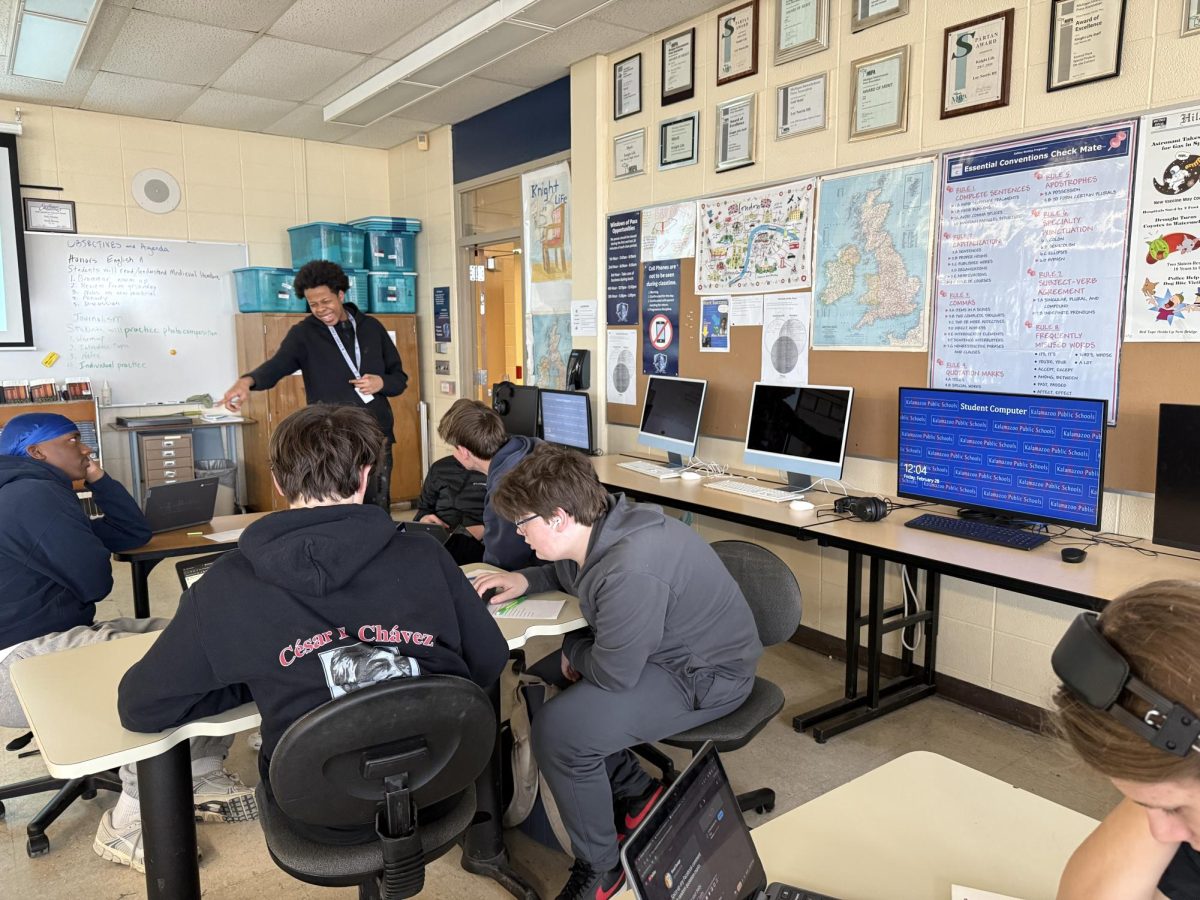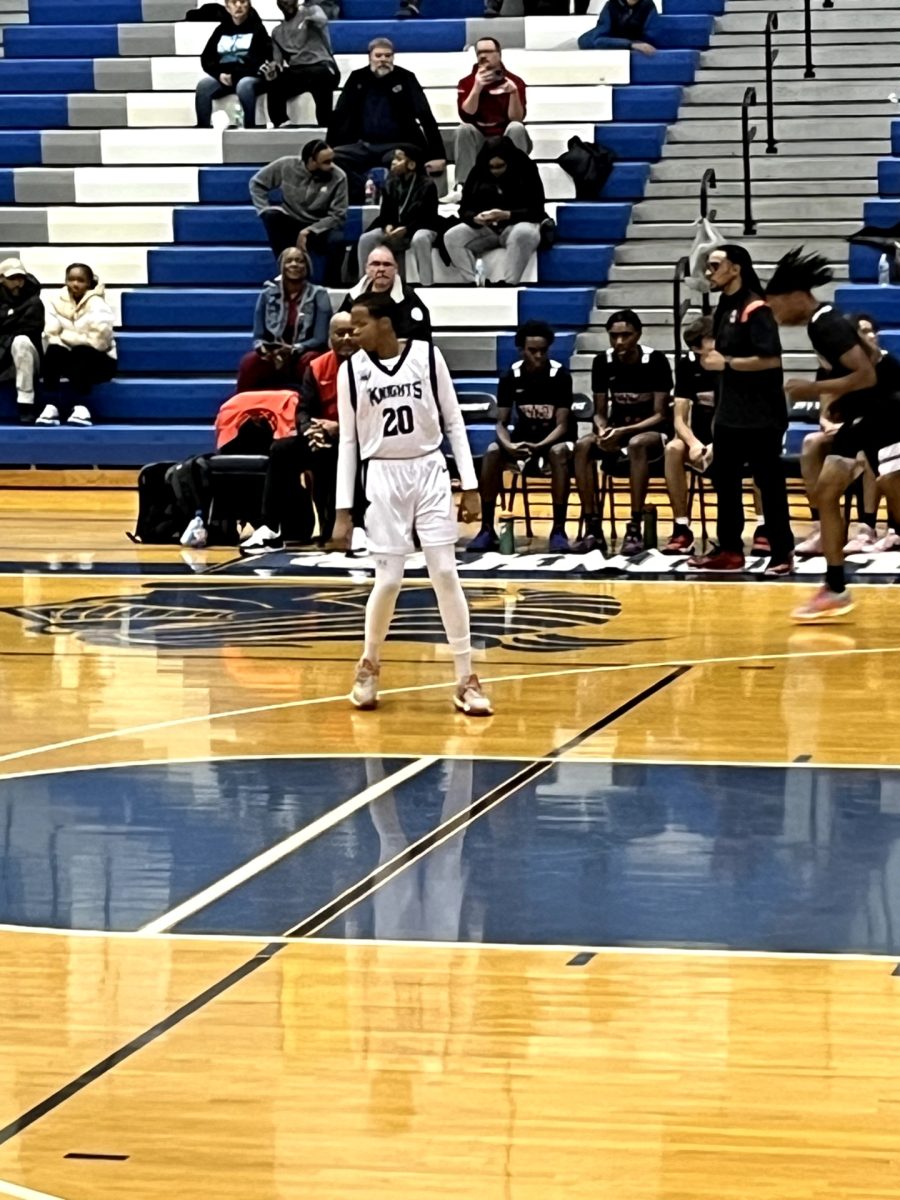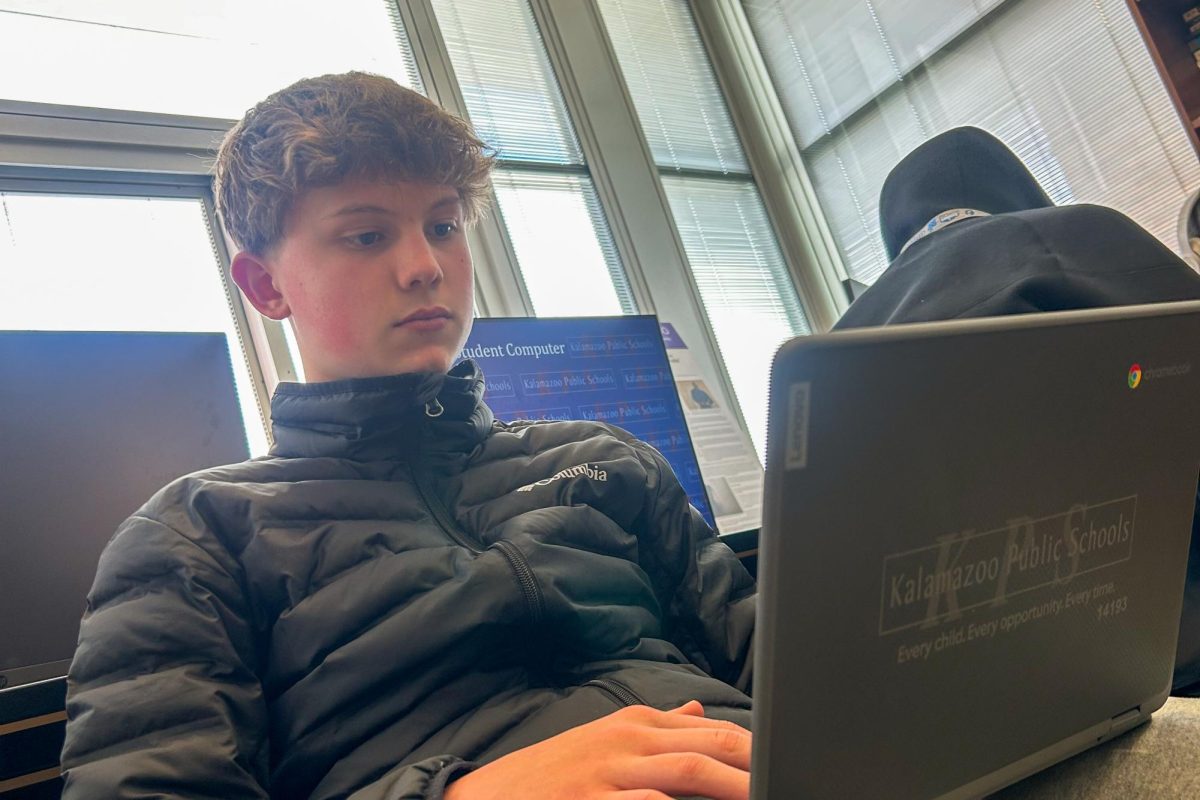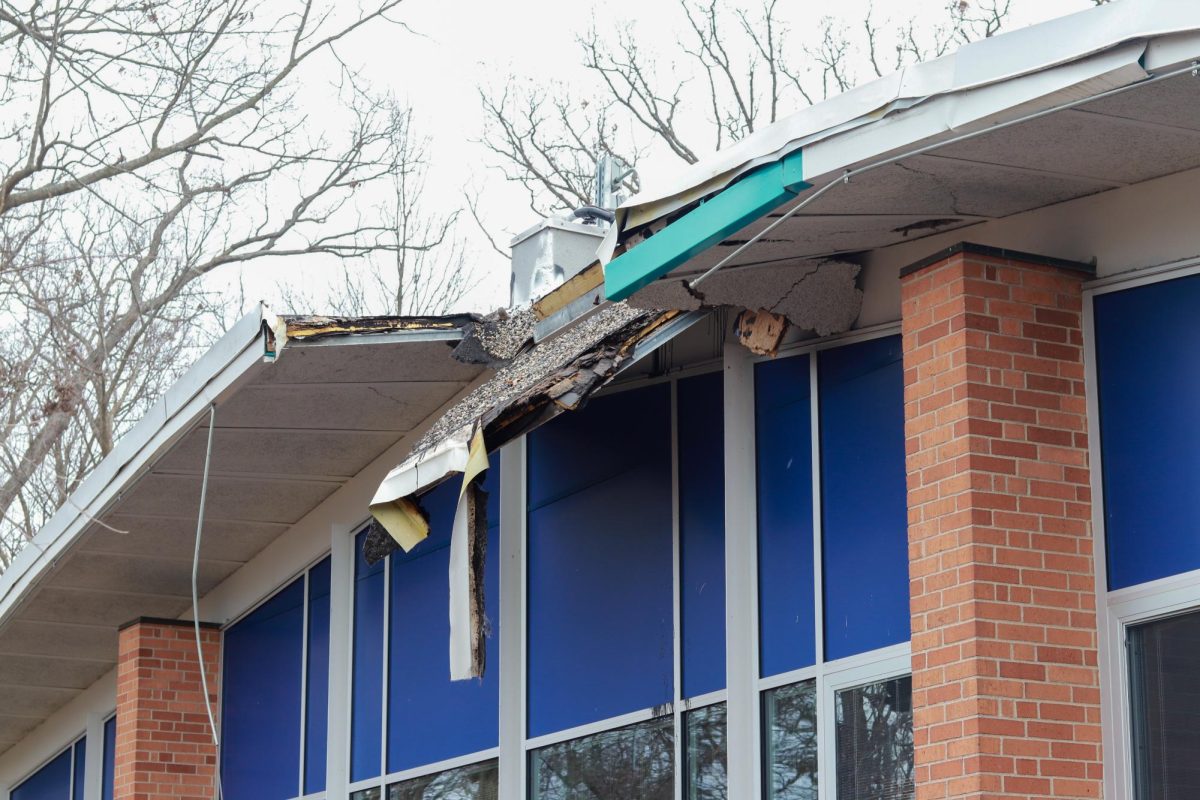As you wait in line to scan your I.D. to enter the library, you absentmindedly fit in a piece of the jigsaw puzzle scattered on a table. One piece becomes two, and before you know it, you’re absorbed in completing the community puzzle.
Whether they have been puzzling their entire lives, picked up the hobby during the COVID-19 pandemic shutdowns, or have never touched a jigsaw piece, students and staff have found a sense of personal achievement and community by participating in the group puzzle.
Michele Coash purchased a 1000-piece, book-themed jigsaw puzzle to set out in the library prior to starting her position as the new head librarian,
“It was something I thought would be a fun activity for the whole community to really participate in,” said Coash.
However, Coash did not know how quickly the community puzzle would take off. With an estimated four to five students coming in to put in a few pieces every lunch hour, the puzzles get completed within eight to nine school days. Since the beginning of the year, 10 full puzzles have been completed.
“I had thoughts that I would preserve the puzzles and then display them, but then people were doing them so quickly that the whole place would be wallpapered by the end of the school year. I never thought they would go that fast,” said Coash.
Coash relies on puzzle donations from teachers and other students to support the activity. With the speedy rate of completion, she has had to keep a hefty stock on hand.
“It’s really a community thing. I put the first puzzle out but everyone else has contributed and put into it,” said Coash.
Not only can puzzling create a sense of community in the school, it also has positive benefits on students’ mental and cognitive health.
According to A perfect match: The health benefits of jigsaw puzzles, “doing jigsaw puzzles can improve cognition and visual-spatial reasoning. The act of putting the pieces of a puzzle together requires concentration and improves short-term memory and problem-solving.”
Coash intended to create a productive space for students to relax and strengthen their brain.
“They’re meditative and calming for a lot of people, and that’s really what my goal was — to have something out that could be a stress reliever and anybody that wanted to could come in, put in a couple of pieces and have a moment of calm,” said Coash.
Dyami Hernandez teaches geometry, Latin and personal finance. In addition to teaching, Hernandez has found puzzling to be a positive outlet.
“I love doing puzzles. I grew up doing puzzles, and so when I saw that the librarian was doing this community puzzle, I just thought that was a really cool idea and started going down there,” said Hernandez.
During the COVID-19 pandemic, Hernandez kept busy by doing puzzles and continued to come down to the library after school to decompress from the day.
“It’s one of those types of activities that is calming. You just sit and you have a task and a goal to work on, and it gives you something quiet to do. You get to see it come together, and there is that sense of accomplishment and achievement when the puzzle gets done,” said Hernandez.
Most of the students who come to put in a few pieces of the puzzle are in the library for online classes or study hours. Freshman Maggie Ware was in the library for her Academically Talented Youth Program (ATYP) study hall when she discovered the activity.
“I would see the puzzle every day, and it looked like a lot of fun. I started working on it because I was kind of bored and then I got really attached to the puzzle,” said Ware.
One of Ware’s favorite puzzles in the library illustrated the world of Sherlock Holmes.
“It’s really satisfying. There were so many tiny, tiny details, and it was really fun to spot them all.”
While the puzzle can connect students in pursuit of a common goal, not everyone who passes through the library has the puzzles’ best intentions.
“People [would] crunch it together or mess it up. One time it was really bad with a ‘Star Wars’ puzzle, and we basically had to start all over. I’m hoping that people are kind of getting bored with that,” said Coash.
Despite instances of blatant destruction starting to fizzle out, the issue of missing pieces remains.
“There are usually at least two missing pieces per puzzle, and it would be really great if people stopped stealing them,” said Ware.
However, any attempts at halting the continuation of the group puzzle have been unsuccessful, and puzzlers of Norrix still unwind and create something as a community.
“It’s a thing to work on together and it’s pretty at the end,” said Ware.









